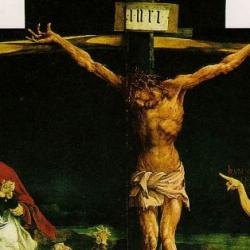 Kay Hymowitz has a fun and typically well-written City Journal piece on the revitalization of Brooklyn entitled “How Brooklyn Got its Groove Back.” Folks who enjoy material on cities and the group Richard Florida has called the “creative class” will enjoy this one:
Kay Hymowitz has a fun and typically well-written City Journal piece on the revitalization of Brooklyn entitled “How Brooklyn Got its Groove Back.” Folks who enjoy material on cities and the group Richard Florida has called the “creative class” will enjoy this one:
If you’ve been in Park Slope recently, you can probably guess how things turned out for the Lehane house. But you may not know why. How did the Brooklyn of the Lehanes and crack houses turn into what it is today—home to celebrities like Maggie Gyllenhaal and Adrian Grenier, to Michelin-starred chefs, and to more writers per square foot than any place outside Yaddo? How did the borough become a destination for tour buses showing off some of the most desirable real estate in the city, even the country? How did the mean streets once paced by Irish and Italian dockworkers, and later scarred by muggings and shootings, become just about the coolest place on earth? The answer involves economic, class, and cultural changes that have transformed urban life all over America during the last few decades. It’s a story that contains plenty of gumption, innovation, and aspiration, but also a disturbing coda. Brooklyn now boasts a splendid population of postindustrial and creative-class winners—but in the far reaches of the borough, where nary a hipster can be found, it is also home to the economy’s many losers.
It’s exciting to think about the presence of churches in this area. I’m sure readers will know more about this scene than I do, though I’ve seen some article pop up from time to time on church plants in Williamsburg and other areas (for examples, here’s one, and here’s another). I’m not one to necessarily connect a healthy gospel presence with automatic transformation of a city–few historical examples crop up on this point–but wherever people are, churches must be. May those churches help Brooklynites to find the only “groove” that really matters, the Trinitarian symphony of grace playing all over the world.
(Image: Harvey Wang for City Journal)











